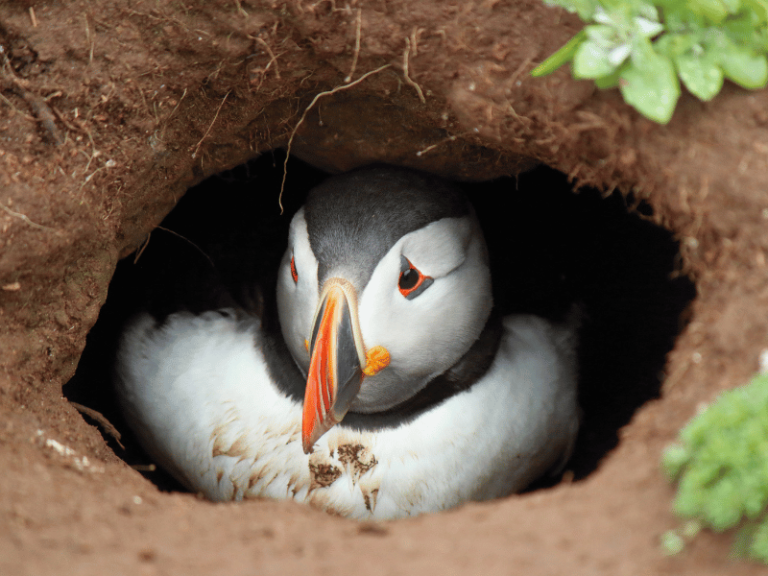The phenomenon of birds and rodents cohabiting in the same burrow varies in familiarity among different people, but those living in desert grasslands like Xinjiang and Qinghai often witness such occurrences. For example, larks and yellow ground squirrels sharing a burrow, as well as wagtails and yellow ground squirrels cohabiting.
In ancient Chinese texts such as the “Book of Documents” (Yu Gong) and “Records of the Grand Historian” (Annals of Xia), there are many records of birds and rodents sharing burrows. These records mention that some people carefully observed the cohabitation of birds and rodents, their mutual affinity, and even illustrated the birds found in these burrows. Particularly noteworthy is that some have witnessed birds perched on the backs of these rodents, darting to and fro with the wind, spreading their wings and emitting noisy calls without falling to the ground.
To understand why birds and rodents cohabit, let’s first consider the natural conditions of these desert grassland areas. These regions experience large fluctuations in temperature between day and night, lack trees for concealment and roosting places for birds, forcing them to come down to the ground. Rodents are very common in these areas, with numerous burrows, some abandoned. The climate inside these burrows is suitable, with stable temperatures that are less affected by external weather changes, providing favorable conditions for birds to nest and breed.
The cohabitation of birds and rodents benefits both parties. Birds are alert and agile, acting as lookouts for the rodents. When danger approaches, birds can quickly fly up and emit warning signals — chirping — allowing the rodents to swiftly retreat into their burrows. Sometimes, the rodents wait until the birds return before venturing out again.

